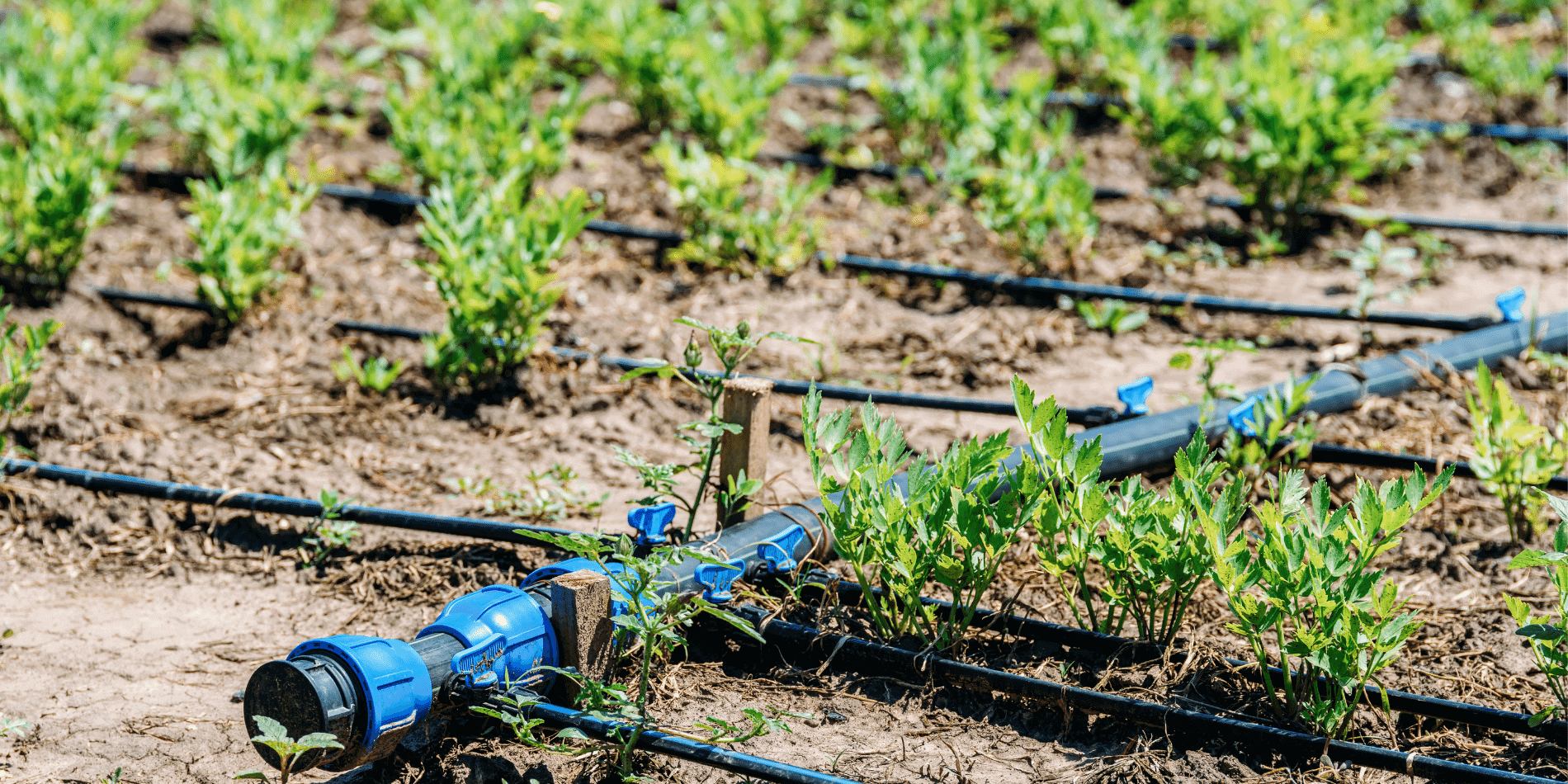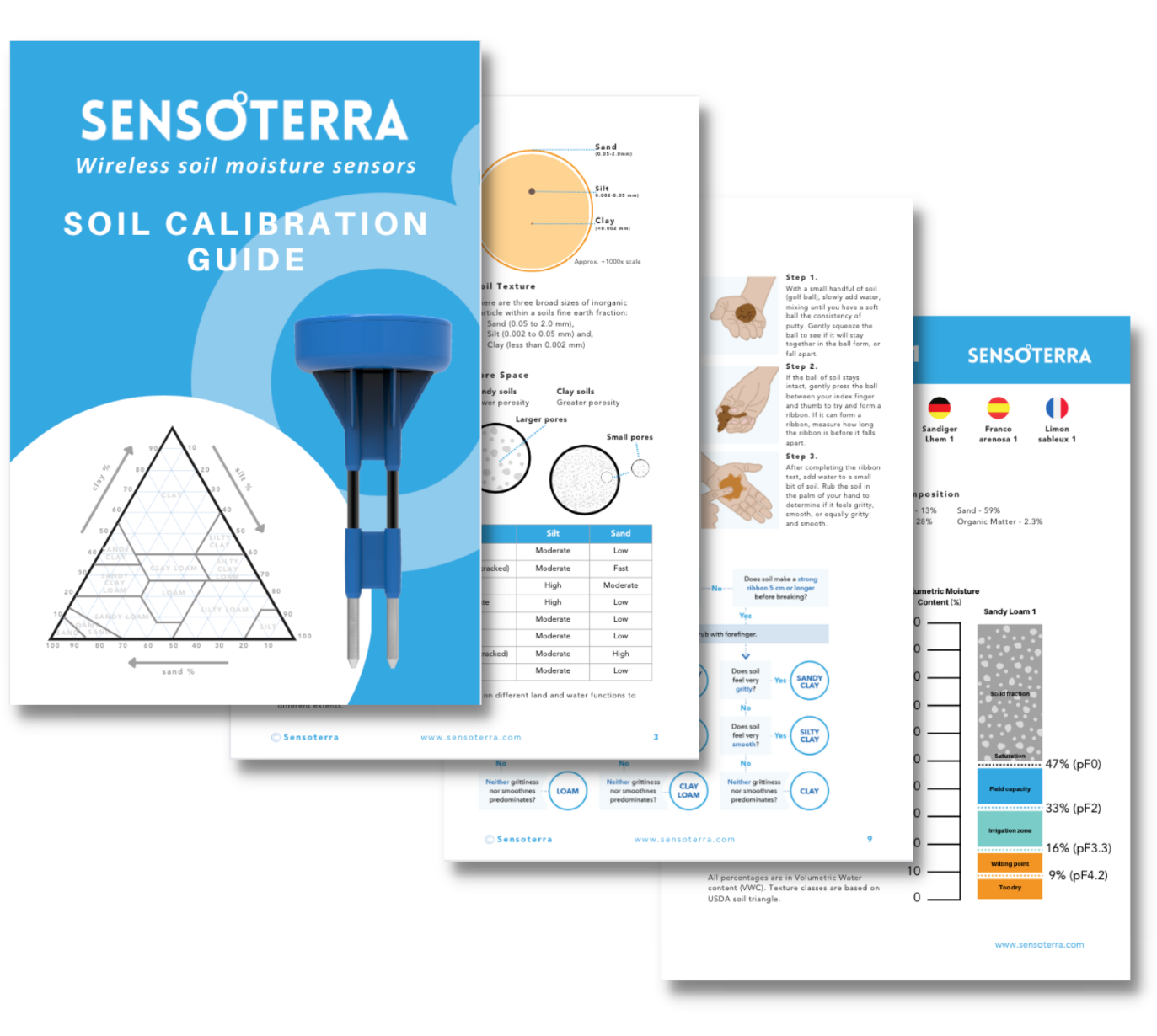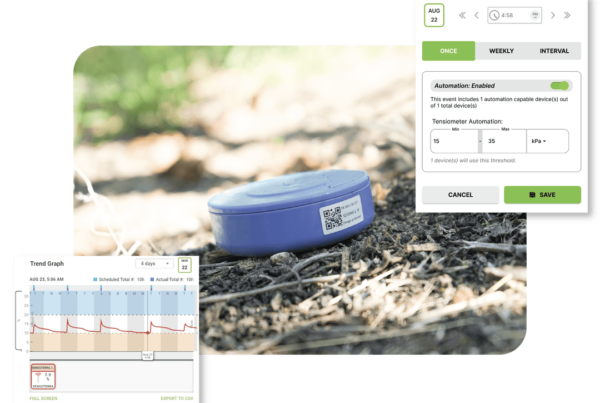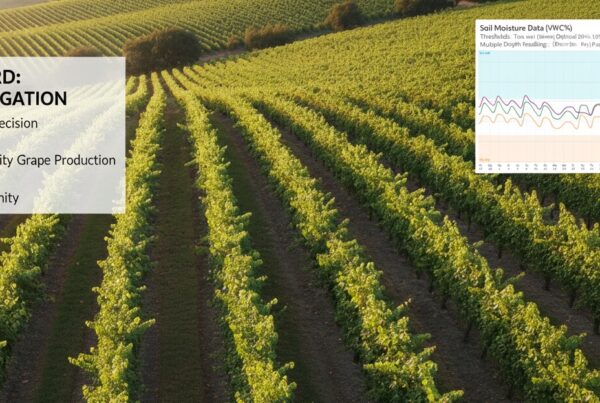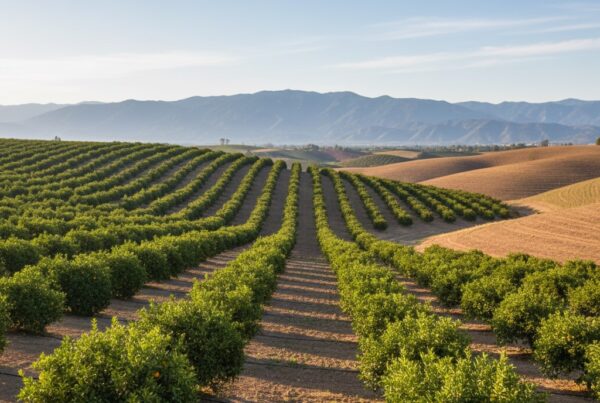When it comes to irrigation decisions, data alone isn’t enough. Many soil moisture sensors on the market provide a single measurement: Volumetric Water Content (VWC). While useful, VWC on its own leaves a critical question unanswered:
What does 43% VWC actually mean for the plant?
The answer depends entirely on the soil type and its ability to hold and release water to roots. Without context, 43% VWC could represent waterlogging in sandy soil or near-plant stress in clay. That’s why calibration is essential.
The Limits of VWC
Volumetric Water Content tells us how much water exists in a given volume of soil. For example, 43% VWC means 43 liters of water in 100 liters of soil. But it doesn’t reveal how much of that water is actually available to plants. Different soils have different water-holding characteristics:
- Sandy soils drain quickly, with a narrow window of plant-available water.
- Clay soils hold large amounts of water, but much of it is unavailable for plants.
So, while VWC is a valuable raw data point, it’s not enough to guide precision irrigation.
Calibration: From Data to Decision
To make soil moisture data actionable, calibration ties VWC to matric potential—the measure of how tightly water is held by soil particles. With this, we can define two critical thresholds:
- Field Capacity (High Point): The soil has drained after irrigation or rain but still holds the maximum water available to plants.
- Wilting Point (Low Point): Plants can no longer extract water, leading to stress or permanent wilting.
The range between these two is Plant Available Water (PAW). It is this window—not the absolute VWC value—that growers and land managers need to know.
How Competitors Handle It
Most soil moisture sensors stop at VWC. They tell you the soil is 43% moist, but they don’t explain whether that means your crop is thriving, stressed, or drowning. A few research-grade sensors can measure matric potential directly, but these are costly and complex, requiring lab work and manual setup. The result: growers are often left with numbers, not answers.
Sensoterra’s Advantage: Calibrated Soil Insights
Sensoterra takes a different approach. Each sensor is backed by a library of soil-type-specific calibrations, ensuring that VWC readings are interpreted through the lens of real plant-available water dynamics. Instead of a flat number, users see whether their soil is:
- Too Wet (risk of root damage or wasted irrigation),
- Optimal (healthy water balance, good root oxygen exchange), or
- Too Dry (plants entering stress).
This makes Sensoterra data not only accurate (99.5% across soil types) but also actionable—turning soil physics into irrigation intelligence.
Sensoterra Lab
To be able to support every soil type available is exactly why we’ve set up the Sensoterra Soil Lab. It’s here, where we test soil samples taken from participating customers, to better identify both soil texture profile, and soil moisture behavior. By calibrating the sensors to a specific soil type, soil moisture readings will be more precise.
The result is a calibration based on that specific soil type, so that future sensor readings can be closely correlated to the actual behavior of the soil with different levels of moisture,
We make the calibration of that soil type available for all within Sensoterra Monitor, so all users can benefit from the research at the Sensoterra Lab.
The vast majority of our customers can select a suitable soil type from the Sensoterra soil library. We use the Soil Triangle principles for identifying the soils which are included in the library, and are continually expanding our standard calibrations to offer even more precise moisture data.
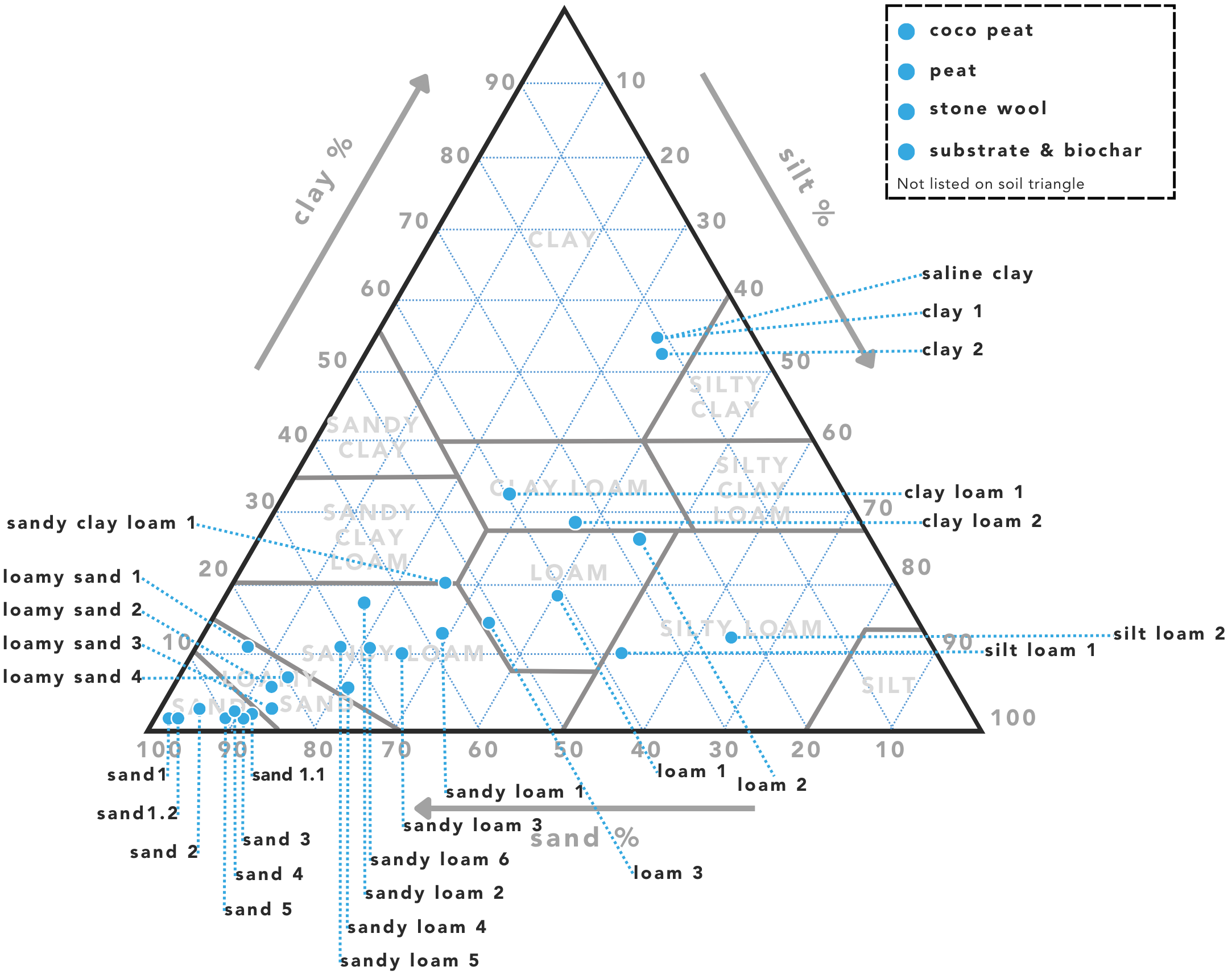
Visit our calibration page to learn more about the calibration process and the Sensoterra soil calibration library.
Why This Matters
For agriculture, landscaping, and water governance, the difference between raw data and calibrated insights is the difference between guessing and knowing. With Sensoterra, irrigation managers can:
- Save water and energy,
- Improve plant health and yield,
- Prevent overwatering and nutrient leaching,
- Make confident, data-driven irrigation decisions.
Other sensors measure water. Sensoterra makes sense of it. By bridging the gap between raw VWC numbers and calibrated plant-available water thresholds, we deliver the clarity needed for sustainable water management.
Soil Calibration Guide
To help support you decisions for placement of sensors based on soil type and soil moisture behavior, we’ve put together a free Soil Calibration Guide.
Visit our calibration page to learn more about the calibration process and the Sensoterra soil calibration library.
About Sensoterra
Sensoterra takes the lead in wireless soil moisture sensor technology, offering cutting-edge IoT solutions for smart agriculture. Our state-of-the-art moisture sensors are pioneers in the field of soil moisture monitoring. We are committed to revolutionizing precision agriculture, helping farmers optimize their irrigation systems and promote sustainable farming. With Sensoterra, you gain real-time access to critical soil moisture data, empowering you to manage water resources with precision. Established in 2015 and headquartered in Houten, The Netherlands, Sensoterra develops innovative water management solutions for agriculture, horticulture, smart city management, and water governance. Our global network boasts over 12,000 moisture probes in the ground, generating an abundance of data points daily. Jessica Nuboer Marketing & Communications Sensoterra Email: [email protected]

